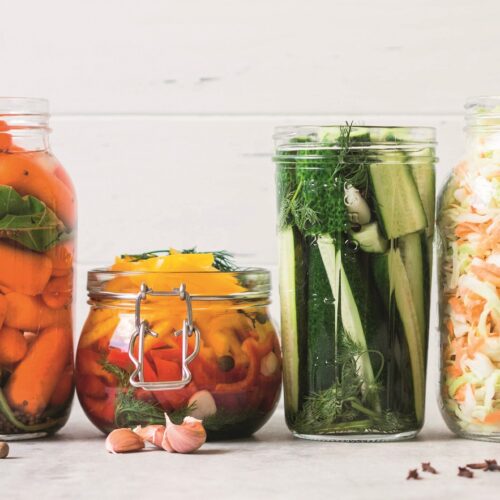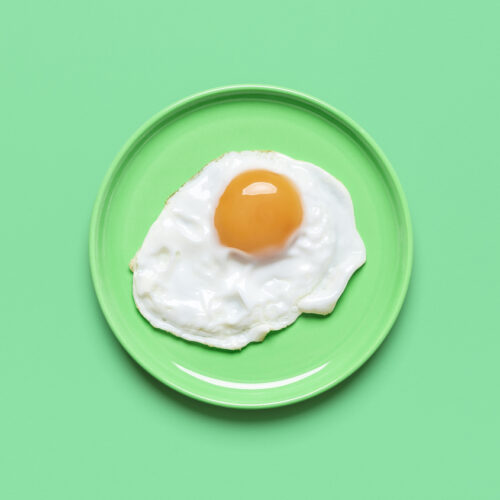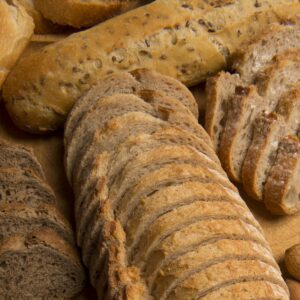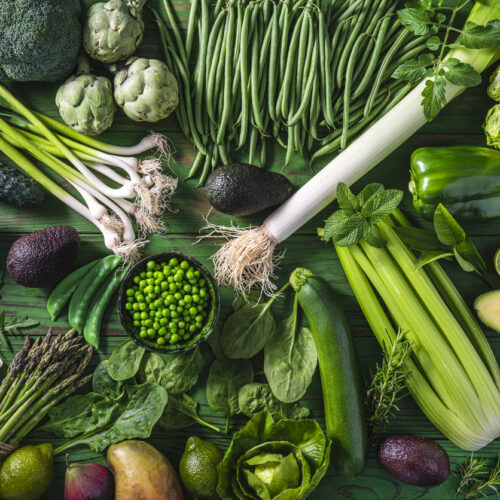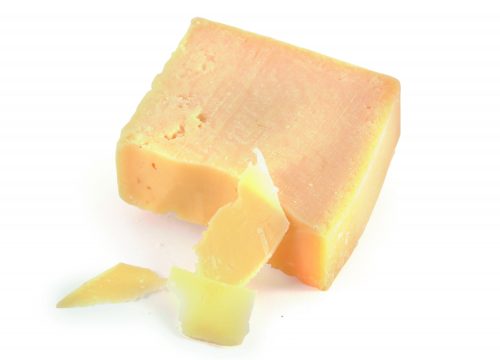
Nutritionist Rose Carr has a guide to which of the array of cheeses available in the chiller is the healthiest for you.
While the starting point for making cheese is always milk, this can come from cows, goats, sheep or even water buffalo. Cheese is produced using the milk solids, or curds, which are separated from the whey. There is infinite variety possible when making cheese, so we’ve grouped some of the more common ones you’ll find in the supermarket.
- Fresh cheeses are uncured, unripened and uncooked. These include feta, chèvre salade, cottage cheese, cream cheese, ricotta, (fresh) mozzarella, quarg (also called quark or fromage frais) and mascarpone.
- Soft-ripened cheeses. When brie and camembert are made traditionally, the mould grows on the surface and the cheese ripens inwards from the rind; it is mature once it is soft right through. For blue cheese, like blue vein or gorgonzola, the mould is mixed with the milk before the cheese is made and the cheese ripens from the inside out.
- Semi-soft, firm and hard cheeses. To produce these cheeses the curds are heated, then pressed and matured. Semi-soft cheeses include emmental, mozzarella, havarti, gruyere and port salut; gouda and cheddar cheeses can be described as firm; parmesan is an example of a hard cheese.
Cheese and calcium
One of the main reasons we’re encouraged to include two serves of dairy in our diet each day is that for most Kiwis, that’s our main source of calcium. (For cheese a serve is around two slices or 40g.) Calcium is important not only for growing strong bones but to maintaining them throughout our lifetimes. As a population we’re living longer, and as a result we’re now seeing more osteoporosis, especially in women.
Most of us need to aim for 1000mg of calcium every day but 1300mg a day is recommended for women over 50 and men over 70.
Tip: A general rule of thumb for calcium in cheese is this: the harder the cheese, the more calcium; the softer the cheese, the less calcium. A 40g serve of cottage cheese has only 30mg calcium; 40g feta has around 140mg; and 40g reduced-fat cheddar provides 320mg calcium.
Cheese and fat
The problem with fat in cheese is that it’s predominantly saturated fat. That’s the one that’s going to clog our arteries if we don’t practice moderation. The table shows approximately how much fat you’ll find in different cheeses. Different products or brands vary, so check the label on the pack.
Unfortunately there can be a trade-off between high calcium and low fat. But think of it like this: a 40g serve of edam or reduced-fat cheddar will provide over 300mg calcium with 10g fat (7g saturated). While it’s not a lot of your total daily fat intake, it does provide nearly 1/3 of your calcium requirement for the day, along with 1/3 of your daily saturated fat intake (see nutrition information for more details). The trick is to not overdo the amount of cheese you eat and to minimise your saturated fat intake from other foods. Sources of saturated fats are any high-fat dairy products and fats in meats.
| Cheese | Fat % |
| Reduced-fat cottage cheese | 1% |
| Cottage cheese | 5% |
| Ricotta, quarg | 10%+ |
| Haloumi, reduced-fat cream cheese | 15%+ |
| Feta, mozzarella, reduced-fat cheddar | 20%+ |
| Camembert, edam, parmesan | 25%+ |
| Blue vein, emmental, gouda, colby | 30%+ |
| Mascarpone, cheddar, havarti, cream cheese | 35%+ |
Tips and traps
- Edam is lower fat than other cheddar-style cheeses, but ‘less’ fat is not the same as ‘low’ fat! One-quarter of your slice of edam is still fat.
- Parmesan is high in fat (and calcium) but it’s also high in flavour. So mix small amounts of parmesan with a lower fat cheese to boost the flavour of dishes.
- Feta is cured in a salty brine so it’s pretty high in sodium. Try using Ornelle Chèvre Salade instead: it’s very similar to feta but with a creamier texture and less than half the sodium of a standard feta.
- Standard cream cheese is high-fat and low in calcium, so best avoided altogether. We recommend you try a low-fat cream cheese and cottage cheese blend like ‘Philadelphia extra light’ instead.
- When using cheese in a sauce, to avoid it going stringy, add it at the last minute and only cook it for as long as it takes to melt.
www.healthyfood.com


